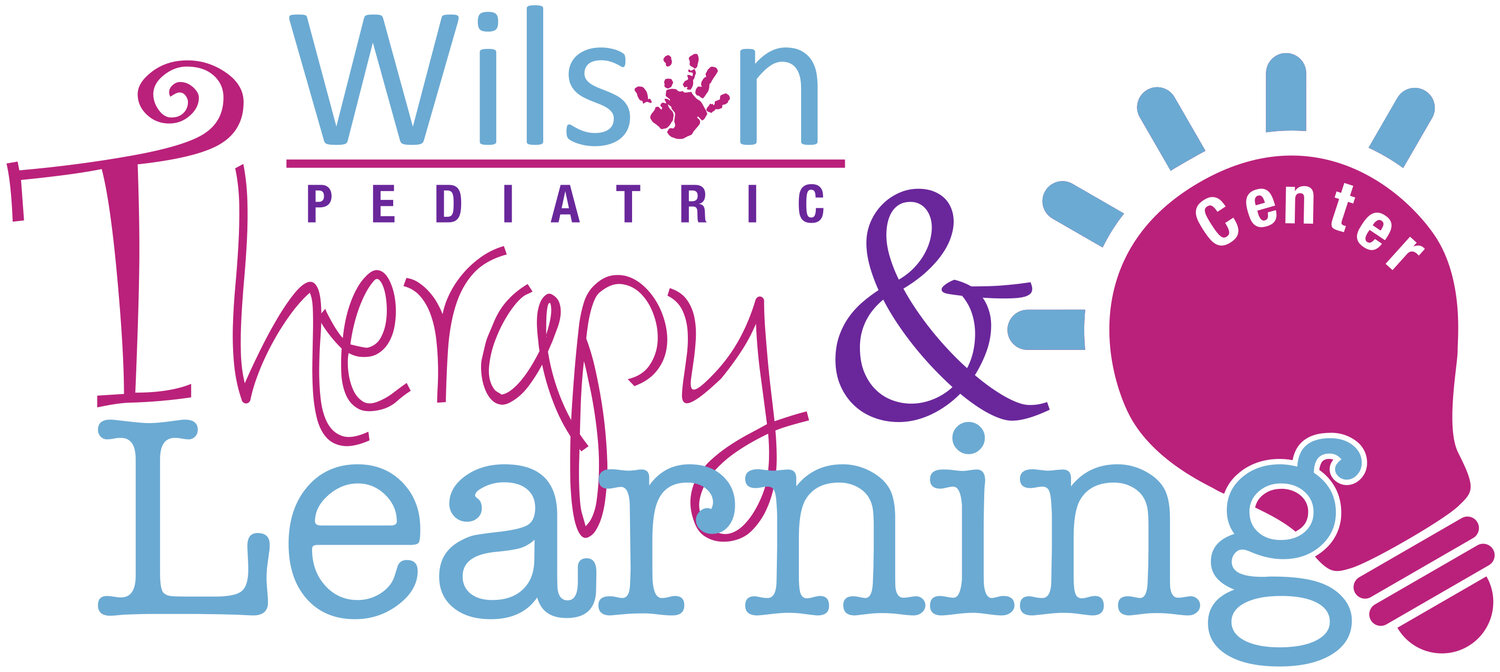Transitioning Back to School
School is back in session! For many kiddos, it can be a hard time to adjusting back into the rhythm of school. When my siblings and I were kids, we struggled a lot with separation anxiety from our parents, especially when we transitioned from home school to public schools. It was something my parents worked with us on that got significantly better over time. For other kids, the struggle is with dyslexia, dysgraphia, dyscalculia, or dyspraxia (see illustration at bottom of this blog for more information on what these issues mean and signs of having each), which can be especially hard in the classroom setting. Here at WPT, our Learning Center and therapists alike specialize in addressing all of these issues with personalized courses of action. For all children, there are some simple ways to help your child transition from summer to school that can be practiced inside of your home! Read some of them below:
Create a routine and stick to it. This includes a time frame to go to sleep each night and to wake up each morning for your child. This ensures they are well-rested and have energy to conquer their school day! A routine helps a child feel more comfortable and confident in tackling their every-day tasks.
Listen to your child and their concerns and feelings about school. Validate their feelings and then encourage them and walk alongside of them as they grow! According to Claire Lerner, LCSW-C, “If your child expresses concern about or resistance to returning to his program, it is important to acknowledge, accept, and empathize with his feelings before jumping in to reassure him. Labeling difficult feelings helps children understand, gain control over, and work through them in positive ways.”
Make sure they eat a healthy breakfast each morning! The way your child starts their morning and fuels their brain is important for helping them succeed throughout the rest of their day. Some great, healthy breakfast ideas are: oatmeal, eggs, avocado toast, and/or pancakes with a side of their favorite fruit! It’s also a great time to connect with your child before they leave for school and check in to see how they are doing emotionally and mentally.
Read with your kiddo. Have books in their room, in the car, and in your purse for when you are out and about! Reading with your child considerably helps them develop and learn in and outside of the classroom setting. According to Head Start Early Childhood Learning & Knowledge Center, research says this about reading to or with your children:
“Books provide a great opportunity for back-and-forth interactions with older children. This supports word learning and preliteracy skills.
The quantity of words that children hear is important for language development, but so is the quality of language that they hear. Quality of language can refer to word diversity and to the speech signal.
It is important to use new and different words for children to expand their vocabulary. Books often include words that adults would not otherwise use, like names of plants or animals.”
Maybe as part of your night-time routine, you could read a book or a chapter from a book before their bed time!
5. Encourage independence and create play dates with other classmates! As your child grows, it is important to have them become more independent and interacting with other kids their age. This will help with separation anxiety, help expand their social and interactive skills, and encourage them as they make new friends!
6. If your child still is struggling with social skills, with the academic side of school, or with dyslexia or a learning disorder, seek help! There is absolutely no shame in getting professional help! All kiddos need help in different ways as they continue to grow and learn more. We would love to help your child here at Wilson Pediatric Therapy & Learning Center. Our Learning Center is equipped with the best dyslexia testing and treatment plans, and they can help aide your kids in academic areas even if they don’t struggle with dyslexia! They also help with boosting your child’s ACT score or with college preparation. Our occupational, speech, and physical therapists can help with a wide range of disorders and issues—from speech impediments to gross motor skills to making new friends and practicing social skills and much more!
If you are concerned about your child’s (ages 0-10) development, we recommend filling out our developmental checklist which can be found here! If your child is over 10 years old and still struggles with any or several of these issues, feel free to call us and express your concerns, and we would be happy to help! Our phone number is 859-475-4305.
Make sure to check out the definitions and symptoms of dysgraphia, dyslexia, dyscalculia, and dyspraxia in our infograph below!
Works Cited
Lerner, Claire. “How to Help Your Child Successfully Transition Back to School |...” PBS, Public Broadcasting Service, 6 Aug. 2020, www.pbs.org/parents/thrive/how-to-help-your-child-successfully-transition-back-to-school.
“Read It Again! Benefits of Reading to Young Children.” ECLKC, 15 Feb. 2024, eclkc.ohs.acf.hhs.gov/publication/read-it-again-benefits-reading-young-children#:~:text=Story%20time%20is%20important%20for,those%20connections%20are%20brain%20connections!
Again, if you are concerned about your child having one or several of these problems, do not worry! Give us a call at 859-475-4305. We would be happy to assist you!

